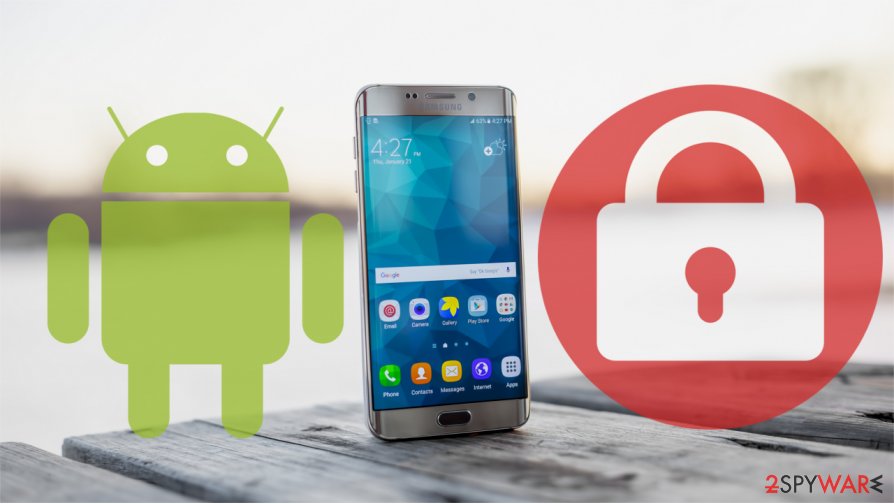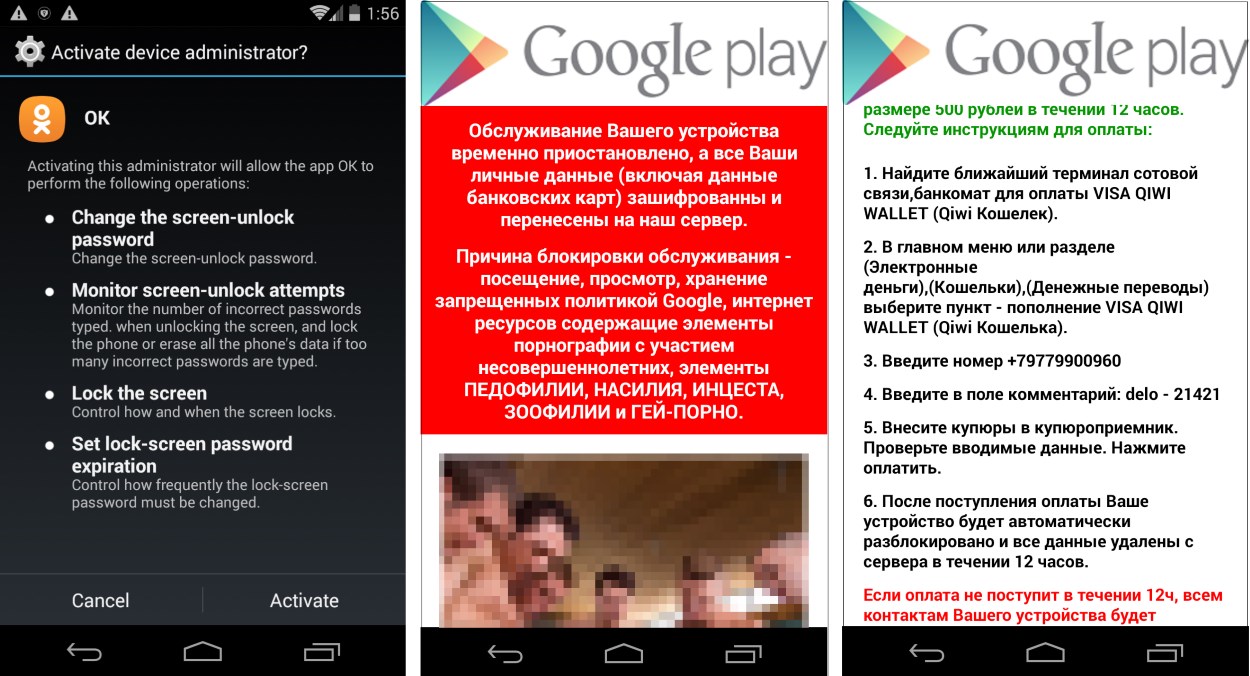
#Ransomwhere android how to
On October 14 at 2 PM ET Get the latest information on the rising threats to retail e-commerce security and how to stop them.

“This new mobile ransomware variant is an important discovery because the malware exhibits behaviors that have not been seen before and could open doors for other malware to follow,” Microsoft added. The latest MalLocker variant is also indicative that mobile threat actors continuously attempt to sidestep technological barriers and creatively find ways to accomplish their goal – and can open the door to new malware trends.
#Ransomwhere android android
In fact, recent variants contain code forked from an open-source machine-learning module used by developers to automatically resize and crop images based on screen size, a valuable function given the variety of Android devices.” “We expect it to churn out new variants with even more sophisticated techniques. “This ransomware is the latest variant of a malware family that has undergone several stages of evolution,” researchers said. MalLocker’s machine-learning module indicates continuous evolution of this Android ransomware family, researchers said. The setFullScreenIntent()…API wires the notification to a GUI so that it pops up when the user taps on it.” Machine Learning The analysis added, “The malware creates a notification builder a very important notification that needs special privilege. “The malware overrides the onUserLeaveHint() callback function triggers the automatic pop-up of the ransomware screen without…posing as system window.” “The malware connects the dots and uses these two components to create a special type of notification that triggers the ransom screen via the callback,” according to Microsoft. It surfaces the typical GUI screen that Android users see after closing an app or when the user presses the Home key to send current activity to the background. It combines this with the “onUserLeaveHint()” callback method of the Android Activity, which is a bedrock Android function. MalLocker is different though: It uses the “call” notification, among several categories of notifications that Android supports, which requires immediate user attention.

Attackers create this scenario to persuade users to pay the ransom so they can gain back access to the device.” “The notification was intended to be used for system alerts or errors, but Android threats misused it to force the attacker-controlled UI to fully occupy the screen, blocking access to the device. “No matter what button is pressed, the window stays on top of all other windows,” researchers said. Researchers noted that typical Android ransomware uses a special permission called “SYSTEM_ALERT_WINDOW.” The note is hooked to that permission, so that whenever an app is opened that has this permission, the ransom note is presented and can’t be dismissed. In MalLocker’s case, the overlay screen is surfaced using never-before-seen techniques that make use of certain Android features.Īnd, it has an open-source machine-learning module used to automatically fit the overlay screen to the device. Android ransomware differs from its desktop counterparts by blocking access to the device with overlay screens containing ransom notes that prevent users from taking any action – it doesn’t actually encrypt anything.


 0 kommentar(er)
0 kommentar(er)
